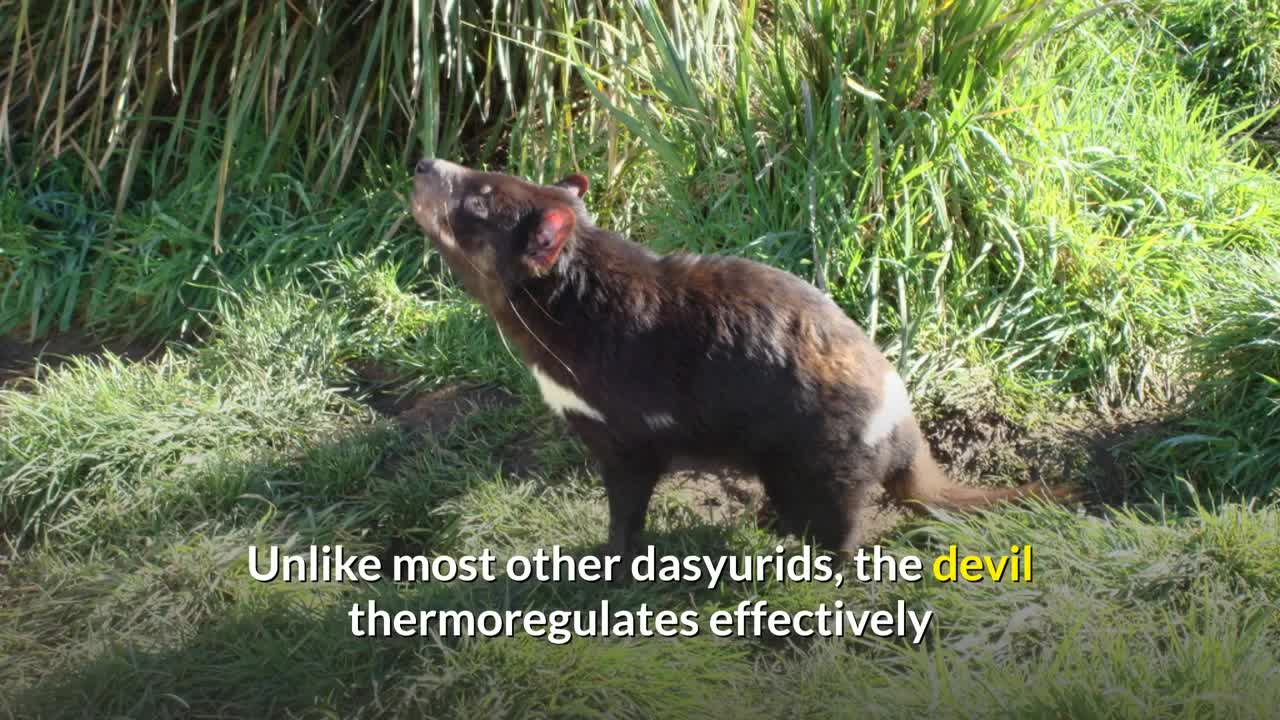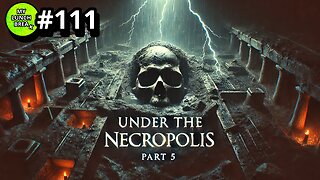Premium Only Content

Tasmanian Devil || Description, Characteristics and Facts!
See a little more about the reality of your mind and learn from it - https://bit.ly/3bKOG6F
.
.
The Tasmanian devil (Sarcophilus harrisii) is a carnivorous marsupial of the family Dasyuridae. It was once native to mainland Australia and was only found in the wild on the island state of Tasmania. It has now been reintroduced to New South Wales with a small breeding population. The size of a small dog, the Tasmanian devil became the largest carnivorous marsupial in the world following the extinction of the thylacine in 1936. It is related to quolls and distantly related to the thylacine. It is characterised by its stocky and muscular build, black fur, pungent odour, extremely loud and disturbing screech, keen sense of smell, and ferocity when feeding. The Tasmanian devil's large head and neck allow it to generate among the strongest bites per unit body mass of any extant predatory land mammal. It hunts prey and scavenges carrion as well as eating household products if humans are living nearby.
Although devils are usually solitary, they sometimes eat together and defecate in a communal location. Unlike most other dasyurids, the devil thermoregulates effectively and is active during the middle of the day without overheating. Despite its rotund appearance, it is capable of surprising speed and endurance, and can climb trees and swim across rivers. Devils are not monogamous. Males fight one another for females, and guard their partners to prevent female infidelity. Females can ovulate three times in as many weeks during the mating season, and 80% of two-year-old females are seen to be pregnant during the annual mating season.
It is believed that ancient marsupials migrated across Gondwana tens of millions of years ago, and that they evolved as Australia became more arid. Fossils of species similar to modern devils have been found, but it is not known whether devils are descended from these species or co-existed with them. It is unclear when Tasmanian devils became locally extinct from the Australian mainland; most evidence suggests they had contracted to three relict populations around 3000 years ago. A tooth found in Augusta, Western Australia, has been dated to 430 years ago, but archaeologist Oliver Brown disputes this and considers the devil's mainland extinction to have occurred around 3000 years ago.[4] This disappearance is usually blamed on dingoes, which are absent from Tasmania. Devils were hunted and became endangered in Tasmania because they were seen as a threat to livestock and fur-bearing wild animals.
-
 0:12
0:12
natalieviola91
4 years ago $0.02 earnedReal life Tasmanian Devil
122 -
 4:51:59
4:51:59
MyronGainesX
15 hours agoIRS Auctions Off Tekashi 69's Possessions
198K28 -

Vigilant News Network
1 day agoRFK Jr. Hearing EXPOSES Corrupt Politicians in Humiliating Scandal | Media Blackout
203K57 -
 1:11:40
1:11:40
Josh Pate's College Football Show
14 hours ago $6.33 earnedPerfect CFB Conferences | Big Ohio State Changes | Canceling Spring Games | SEC 2025 Thoughts
73.8K2 -
 1:08:07
1:08:07
Bek Lover Podcast
12 hours agoInteresting Times with Bek Lover Podcast
41K -
 1:51:12
1:51:12
Tate Speech by Andrew Tate
15 hours agoEMERGENCY MEETING EPISODE 105 - UNBURDENED
224K112 -
 1:01:18
1:01:18
Tactical Advisor
18 hours agoBuilding a 308 AR10 Live! | Vault Room Live Stream 016
200K20 -
 2:17:02
2:17:02
Tundra Tactical
1 day ago $30.57 earnedTundra Nation Live : Shawn Of S2 Armament Joins The Boys
282K29 -
 23:22
23:22
MYLUNCHBREAK CHANNEL PAGE
2 days agoUnder The Necropolis - Pt 5
221K71 -
 54:05
54:05
TheGetCanceledPodcast
1 day ago $15.36 earnedThe GCP Ep.11 | Smack White Talks Smack DVD Vs WorldStar, Battle Rap, Universal Hood Pass & More...
210K36